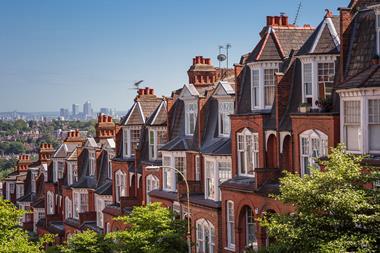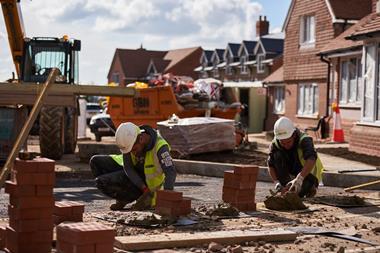
It is no secret that the UK faces a chronic shortage of affordable and supported homes, which has made housing increasingly inaccessible. This has led to significant increases in homelessness over the past decade, despite important efforts in recent years including the ‘Everyone In’ project – which housed people experiencing homelessness during the first wave of the pandemic – and the passing of the Homelessness Reduction Act in 2018.
Last week, new research commissioned by the Greater London Authority found that rough sleeping in the capital had risen 3% in the past year – almost doublng the number of people seen sleeping rough 10 years ago.
Now, with more than one in seven adults in the UK more worried about becoming homeless as a result of Covid-19, there is an urgent need for new long-term solutions. Innovative approaches, such as converting disused retail space into residential housing, could make a significant contribution to this.
Rather than fighting to save the high street in its current form, it is time to reimagine it – creating thriving neighbourhoods that meet the changing needs of local communities and, in turn, bring new economic activity to the area.
However, while this report is an important step in the right direction, it is vital that the property sector as a whole does not just pay lip service to a potential hypothetical solution.
At HSPG, we focus on social impact real estate and are already under way with projects converting an old William Hill shop into five apartments for victims of domestic abuse and redeveloping a former Lloyds TSB branch to house people at risk of homelessness.
Now is the time to look at the bigger picture. In 2020, demand for housing was already estimated to outstrip supply by one million homes in the UK. So the housing industry, central and local government and the third sector must work quickly and collaboratively to help address this need for good.
Guy Horne, co-founder and chief executive, HSPG
































No comments yet